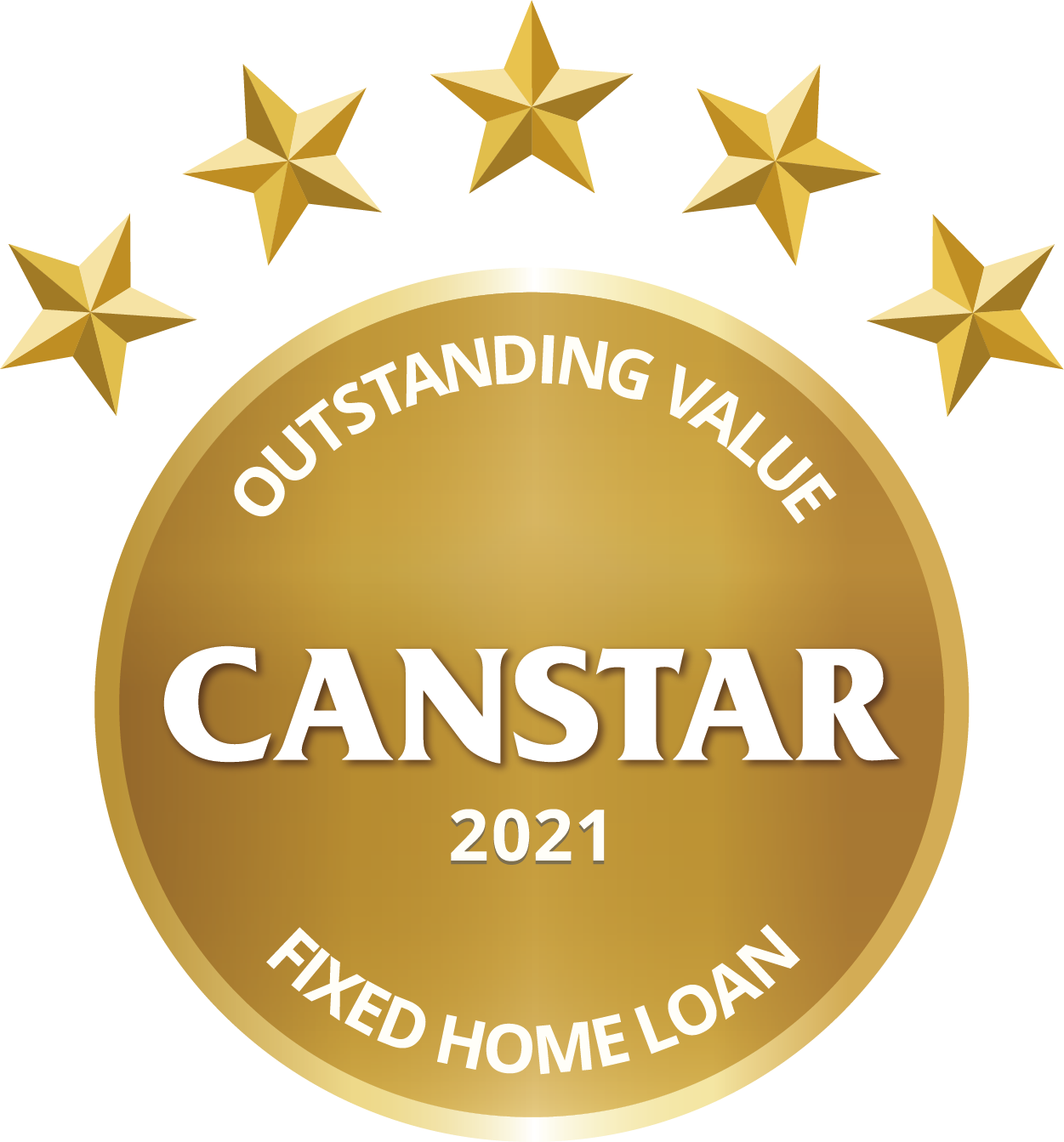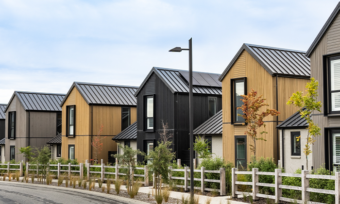The Reserve Bank’s decision to pause an Official Cash Rate rise leaves homeowners with a dilemma. The rapid escalation to a level-4 lockdown delayed this month’s seemingly inevitable rise, but odds are still on a shift up this year. However, the COVID delta variant could throw all sorts of curveballs into the mix.
Homeowners stacked with debt – particularly those who have purchased in the overheated market of recent months – will no doubt be relieved a ratcheting up of pressure has been allayed. But with inflation rising, and market suggestions of a rate rise to around 1.5% by 2022, the pain is coming. The question is: when?
So what to do now? Faced with so much uncertainty over the next few years, is there a best, or better, way to structure a mortgage? We know most New Zealanders fix their mortgages for specific terms; the question now is: for how long?

We wanted to figure out what difference it would make if homeowners fixed their mortgage for four years, or for two years, or for one year. The short-term fixed rates are cheaper, but the longer rates capture expected rises, and offer certainty of repayments.
Canstar crunched the numbers by considering how high interest rates would need to rise for the short-term rates to hit breakeven cost with the long-term rate.
Analysing the data this way means homeowners make decisions that fit into their own comfort levels around risk and uncertainty.
We based our analysis on the retail mortgage market’s lowest fixed interest rates (as at 26 August this year), which sat at:
- 2.39% one-year fixed
- 2.79% two-year fixed
- 3.39% four-year fixed
We also based our research on a scenario in which a homeowner is fixing an 80% mortgage on the national median property price, of $820,000 (according to REINZ data and based on a 30-year loan).
Average breakeven costs
With this starting point, a homeowner fixing on the four-year rate would pay $85,450 in interest over the four years. If the homeowner instead fixed on a one-year rate, the interest rate would need to rise, on average, 0.69% each time it was rolled over, to hit the same cost after four years. By comparison, the two-year rate would need to rise 1.24% when it was rolled over to reach the same cost after four years.
Auckland breakeven costs
For Aucklanders, with higher property prices, overall interest costs are pushed up. As the median house price in Auckland is now $1,150,000, fixing an 80% mortgage on a four-year fixed rate would cost just under $120,000 over the term. The breakeven rate rises for the shorter terms, however, remain the same.
Those who think it’s unlikely rates will be ratcheted up that fast over the term may therefore choose to fix on the shorter terms. But could rates push higher at that pace? We analysed historic data to guide our thinking.
Historic results
We looked at interest rate data between 2013-16, the most recent period of rapid interest rate movements. The results showed a homeowner who had fixed repeatedly on the short-term rates, rather than taking out a four-year term, would have been better off financially by several thousand dollars. If the homeowner had a median-priced Auckland home, they would have saved nearly $12,000 by fixing on one-year rates, rather than taking a four-year rate over that time.
It should also be noted that this was a time when interest rates were being pushed down, rather than driven up. Plus, going forwards, there will likely be more caution from the Reserve Bank about pushing up rates, given the impact on individual households and uncertainty around COVID.
Overall, Canstar’s analysis and historical data suggests homeowners will probably be better off financially, should they fix at shorter-term rates over the foreseeable future. But they won’t have the same level of long-term certainty over payments.
As such, the decision ultimately rests on each individual’s personal situation and appetite for risk. Some may prefer the stability of a longer-term mortgage rate, with repayments known in a world where instability has become the norm. Others will feel comfortable with shorter-term fixed rates, hoping it will pay off financially. And yet others might want to split their mortgage into different tranches, and enjoy the benefits – and risks – of different rates.
At least the decision can be driven by one thing we know very well, ourselves.
 About the author of this page
About the author of this page
Jose George is Country Manager for Canstar New Zealand. Jose has a strong understanding of NZ’s financial system, and a successful track record in banking and financial services. Before joining Canstar, he worked in senior positions in the cards and payments industry, at American Express and at three of the Big Four banks: ANZ, ASB and Westpac.
Enjoy reading this article?
You can like us on Facebook and get social, or sign up to receive more news like this straight to your inbox.
By subscribing you agree to the Canstar Privacy Policy




Share this article